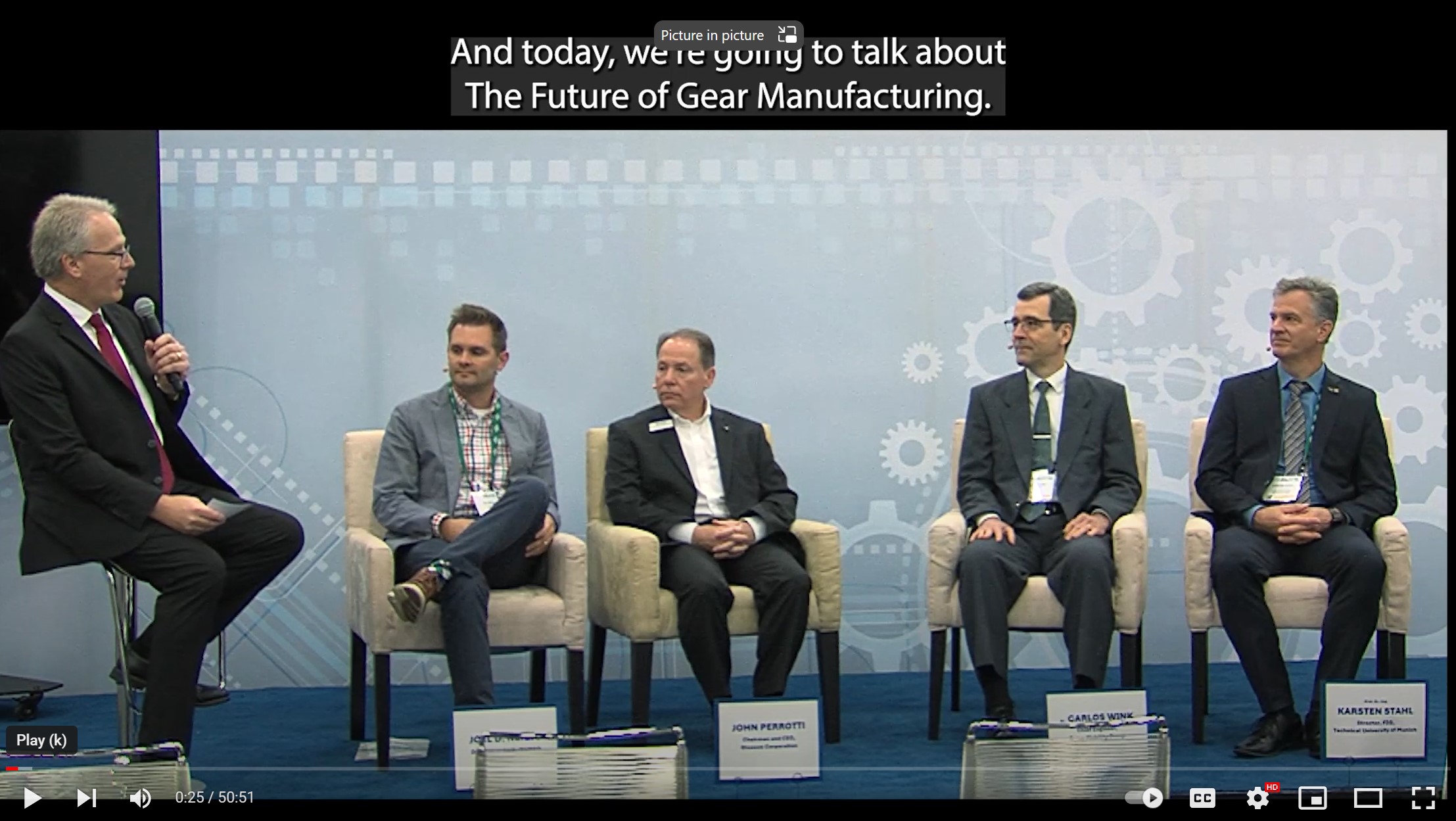A Focus on Gearboxes for New Robotic Applications
Apptronik’s Apollo was demonstrated at IMTS 2024.
At the beginning of this year, the AGMA Robotics Committee published a white paper, Gear Backlash in Robotics Applications. The paper is available for download from the store on the AGMA website or reach out to me directly. A consensus was being built among experts that over the next 10–15 years, personal and collaborative robots will exceed the industrial robot market and be common in homes. As a committee, we wanted to address this change in the marketplace. The paper addresses the issues of gear drives in robotics. If this space grows exponentially, we should address intrinsic problems of backlash, wear, unpredictability, size, and high cost. Gear drives for robots that are in non-industrial settings will need to be different.
As a committee, we watched the developments in humanoid robots, understanding that this may be a new viable market for gear manufacturers. As a group, we guessed we would see fully developed prototypes in the next two to three years. We never expected the explosion of developments in the last six months. One after another we watched companies debut new products. If you have not been watching this space, here is a quick overview of companies and their systems.
It should be noted that bipedal robots are not new. In 2012, Boston Dynamics had Atlas, which they upgraded in 2016 to be electrically powered and hydraulically actuated. They have recently retired that robot in pursuit of a fully electrified version. Apptronik, another known leader in this space, debuted their general-purpose, humanoid robot, Apollo. The robot stands 5'8" tall and weighs 160 pounds. It can lift 55 pounds. Other newer players in this space are 1X Technologies, backed by OpenAI, which has a robot called NEO. NEO is a 66-pound humanoid robot that could be used to complete chores around the home. Tesla debuted their robot, Optimus at 125 pounds can carry 45 pounds and deadlift 150 pounds. Agility Robotics product is called Digit. It weighs in at 140 pounds and can lift 35 pounds. Digit is already moving boxes in a Spanx production facility in Georgia. Figure, which recently received more than $700 million in funding, is bringing a humanoid robot to market that is 132 pounds and can carry up to 44 pounds. It is being tested at the body shop at BMW’s Spartanburg production facility. These are just a few of the many we have seen over the year.
In July, AGMA Robotics Committee Chair, Robert Kufner discussed these developments with robot scientist Kel Guiren at the AGMA Emerging Tech event. In August, Morgan Stanley published an article citing that by 2040, the U.S. may have 8 million working humanoid robots. By 2050, analysts expect the number to rise to 63 million possibly affecting 75 percent of occupations, 40 percent of employees, and roughly $3 trillion in payroll.
While there are so many points of discussion on these new products, the focus for the AGMA Robotics Committee is the use of gears and gearboxes. We will be bringing presenters on this topic to the 2025 AGMA Emerging Technology Webinar Series. We hope to host more speakers on this topic at AGMA events, including the Motion + Power Technology Expo in October 2025. And, we are currently working on a second white paper, the working title is “The Near Future of Mechanical Drives for Humanoid Robots Safety.” We welcome you to join us in these discussions.







